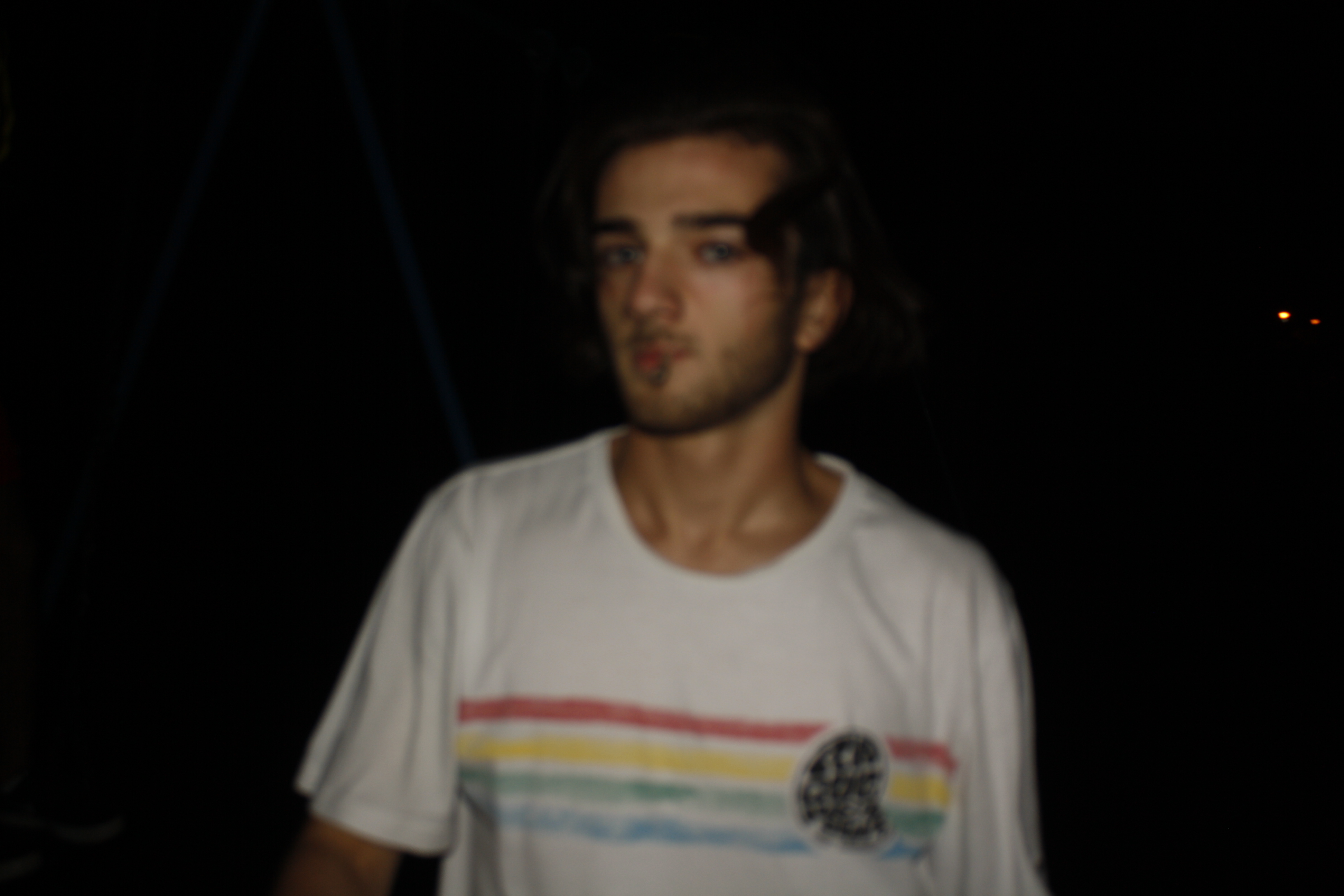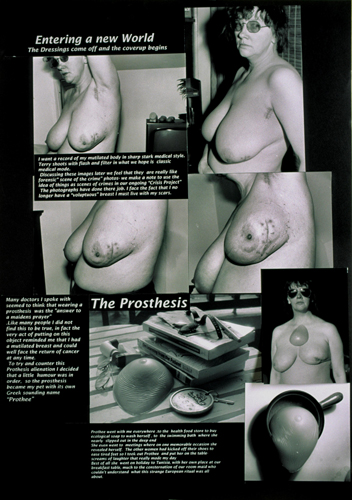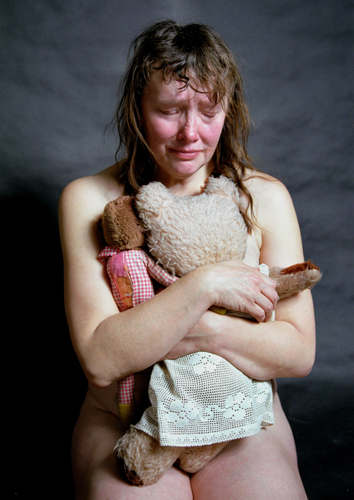Photography students at Hautlieu were invited the the Jersey Museum to view the Jersey Post exhibition of the past 125 years of the evening post. There was a room which had been allocated with a range of images from the past 125 years of the Evening Post. These images ranged from portrait image of single people to group photographs to some landscape images of Jersey from years ago. I think that these images were really interesting as it gave an insight into the community that there was in Jersey and what people in Jersey use to get up too. Some of the images were also from events like the battle of flowers, i found these images really interesting as the battle of flowers is still on so you can make comparisons between the two events in time.
Write down the first thoughts about the exhibition that enters your head when you walk in?
At the exhibition there was a range of images and unknown information about events that i did not know about. I also thought it was interesting to look back at 125 years of different events and occasions that had happened in Jersey that had been displayed in the newspaper. However the exhibition misses out some information from the 1930’s and also from the present decade either.
What is it that you like about your favorite image?
My favourite image is the one from the battle of flowers, this is because it shows the community coming together and working together to build a float. In the image all of the people look happy and excited to be taking part. I also think that it is interesting that in still in 2015 we have the battle of flowers which means that this event which is in history is still taking place, and i think it is interesting to see how times have changed through this image.
One of the image is called Football Fever, i think that this image is interesting as it shows a group of people coming together for something they all enjoy, which shows the community which they take part in. In this image the people are walking towards a ball.3
What is wrong with your least favorite photograph?
Cadet regatta 1948 is my least favourite image, this is because in this image you cannot see the peoples faces it in, so i do not feel that you can connect as well with the image. In comparison to the other photographs i do not think this image is of high standard, however as it is a document of history this could be why as it was taken in 1948 so the quality was not as good as nowadays.
Do any of the photographs in the exhibition show similar events or activities to what you will be doing in half-term?
Most of these image which have been presented in this exhibition show the same kind of events which still happen in the present, which makes it easy for these images to be compared to our lives to see how time has changed. Some events for example football and of people working show activities that people still do nowadays.
When walking around this exhibition i thought it was interesting to notice that the images are not actually from 125 years of the JEP they actually miss our 50 years and there are no images from this present decade. This means that this event does not show the changed through time in the JEP through the images, and i am confused as to why they have called in 125 Hours of the JEP, as crucial moments in history have been lost through these images as they have not been displayed in this exhibition. In addition all of these images were in black and white, i think that it would of been interesting for some of the image to be in colour so we could see what type of colours people wore decades ago, but also to get more emotion from the images.
These are some images that i took while i was at the exhibition: 
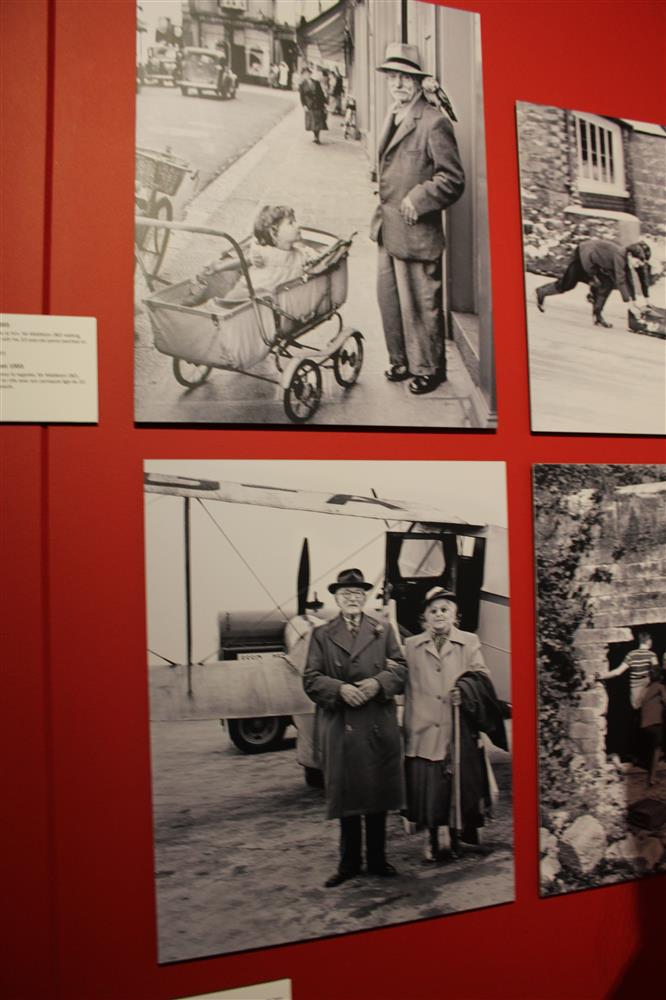




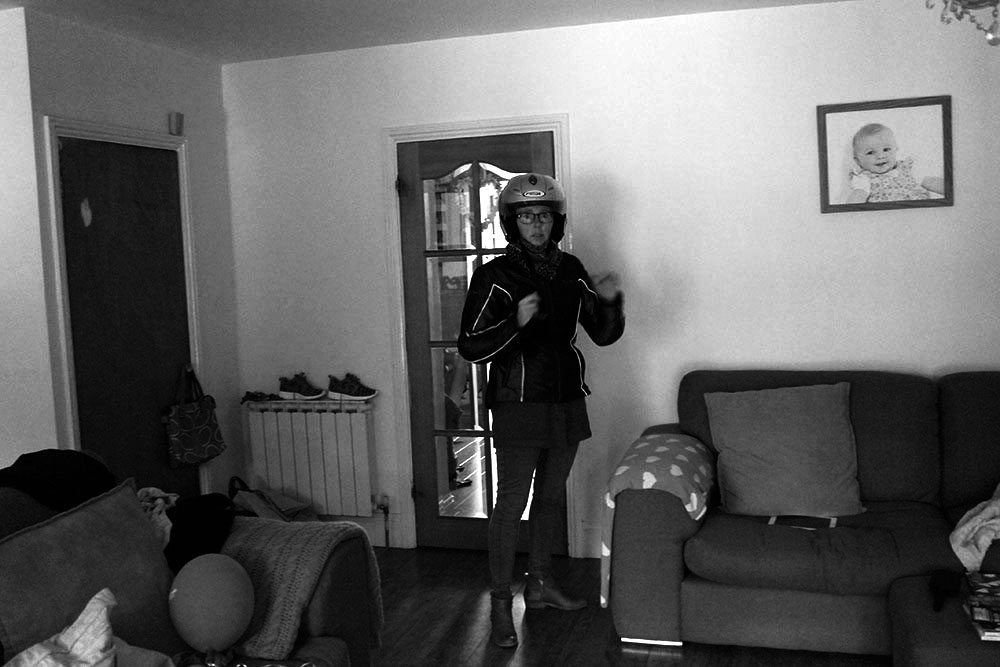 This is an image of my mum before she goes to work, in this image she is about to go onto her bike. As my mum has fallen off her bike a couple of times this makes her very anxious. Some days are better than others, but most of the time she gets very stressed about going on her bike. This is why i took this image as my story is about my mums anxiety and this is something that arouses her anxiety.
This is an image of my mum before she goes to work, in this image she is about to go onto her bike. As my mum has fallen off her bike a couple of times this makes her very anxious. Some days are better than others, but most of the time she gets very stressed about going on her bike. This is why i took this image as my story is about my mums anxiety and this is something that arouses her anxiety.  This image is of my sister and my mum as my mum is helping her with her homework. I like this image as it shows the relationship between my mum and my sister. This image is a relationship shot and i think that as i have taken this image from far away it shows the environment in which they are working together. There is a lot of junk in this image which i think arguably distracts from the actual thing happening in this image.
This image is of my sister and my mum as my mum is helping her with her homework. I like this image as it shows the relationship between my mum and my sister. This image is a relationship shot and i think that as i have taken this image from far away it shows the environment in which they are working together. There is a lot of junk in this image which i think arguably distracts from the actual thing happening in this image. 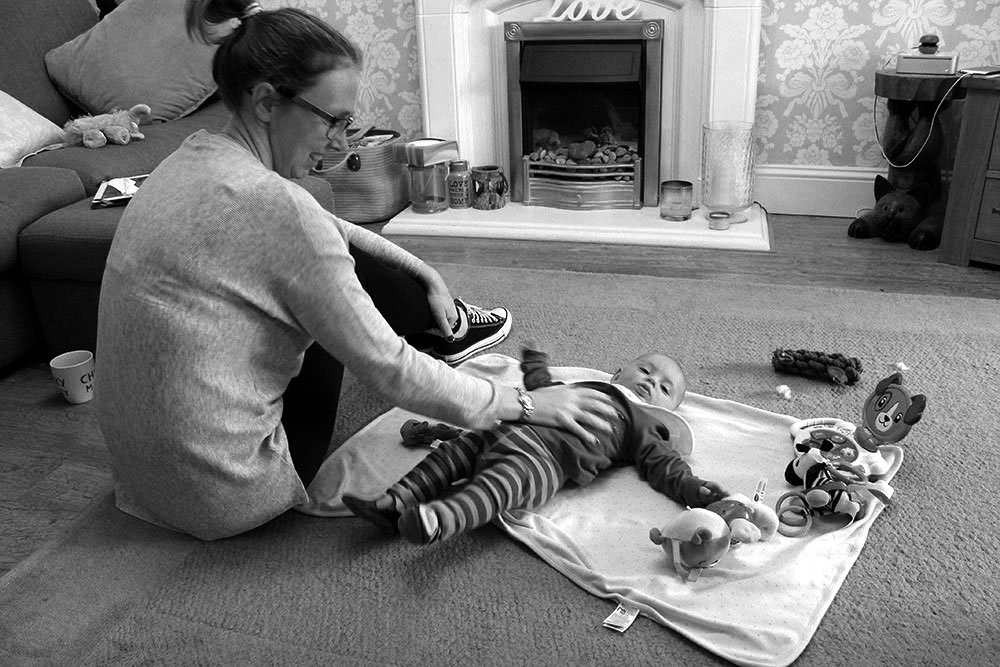 This image is of my mum and my little cousin, twice a week my mum looks after him. I think that this time with my little cousin relaxes her as she is not thinking about herself, but she is looking after him. I think that this is good for my mum as she thinks too much about how she is feeling. I think that it is important that in this image my mum is smiling, as this image shows that she is happy and enjoying time with her nephew.
This image is of my mum and my little cousin, twice a week my mum looks after him. I think that this time with my little cousin relaxes her as she is not thinking about herself, but she is looking after him. I think that this is good for my mum as she thinks too much about how she is feeling. I think that it is important that in this image my mum is smiling, as this image shows that she is happy and enjoying time with her nephew. 










